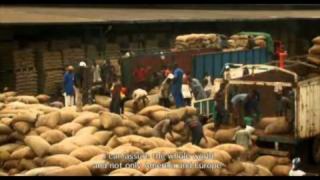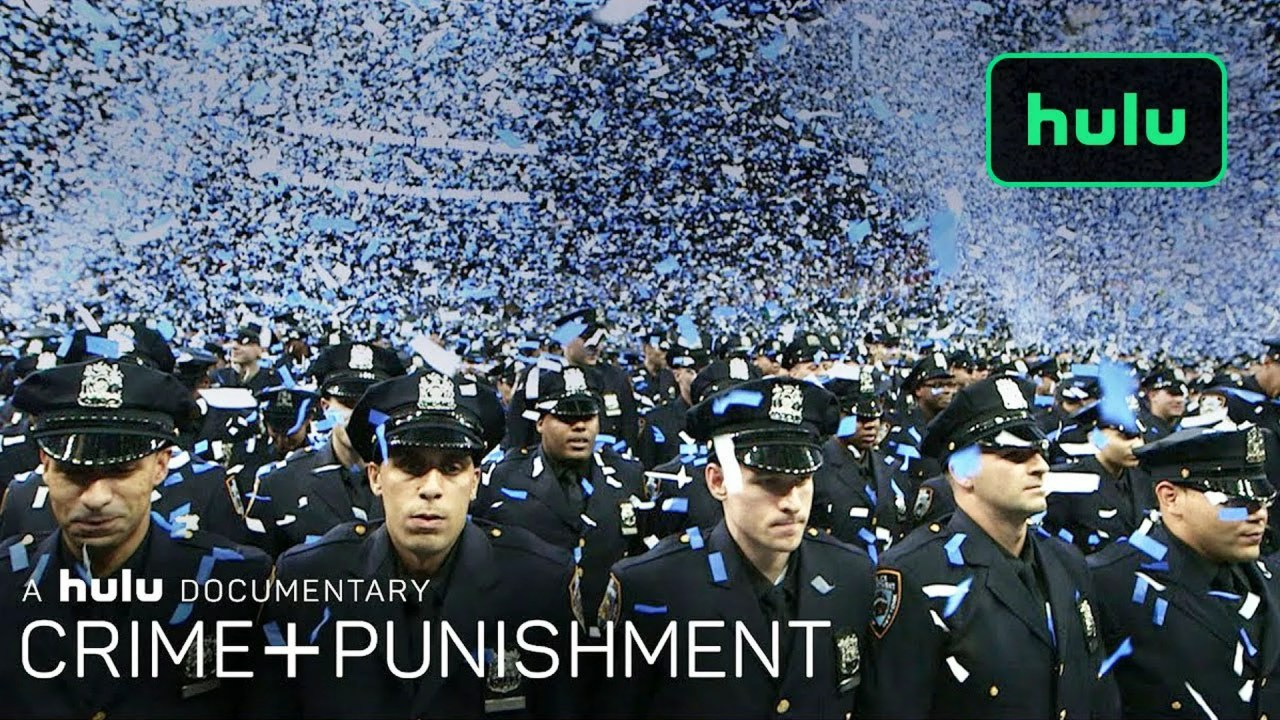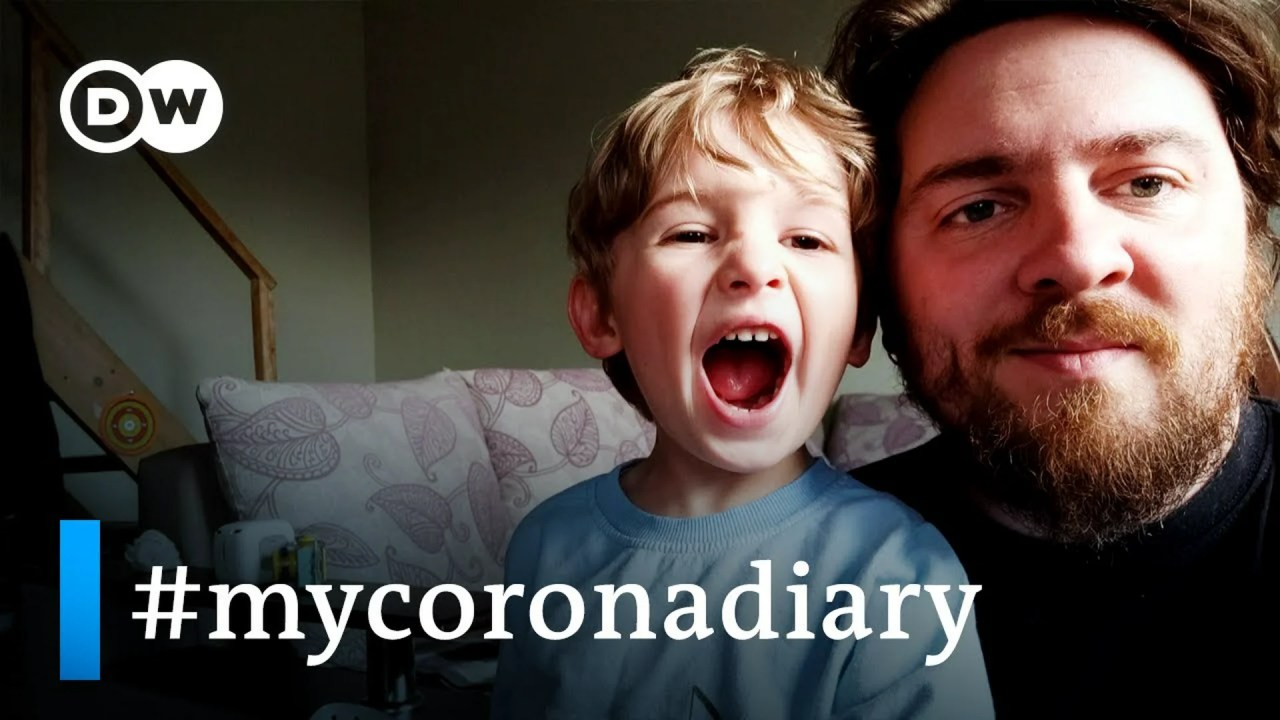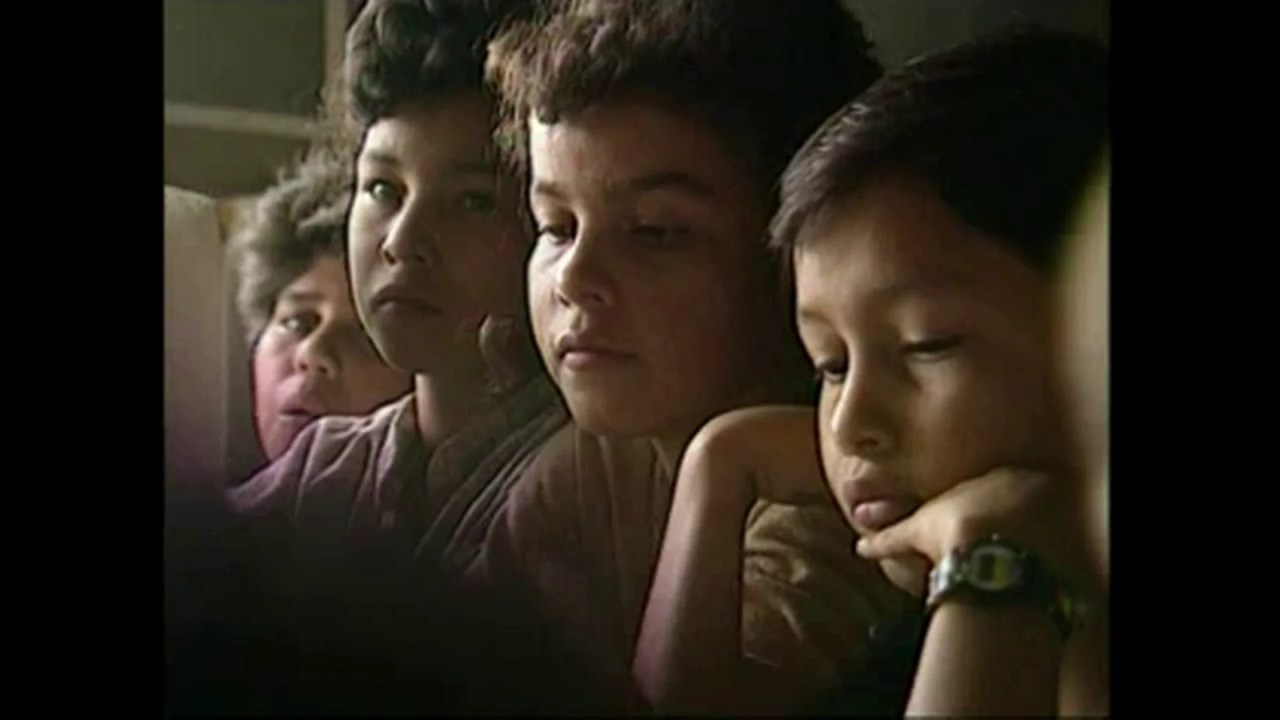While enjoying the sweet taste of chocolate, the reality is totally different for African children.
In 2001, consumers around the world were shocked to discover that child labor and slavery, trafficking and other abuses existed in the cocoa plantations in Ivory Coast, a country which produces nearly half the world’s cocoa. An avalanche of negative publicity and consumer demands for answers and solutions soon.
Two members of U.S. Congress, Senator Tom Harkin of Iowa and Representative Eliot Engel, New York, addressed the issue by adding a pilot of a farm bill that proposes a federal system to certify and label chocolate products as a slave free.
The measure was passed by the House of Representatives and has created a potential disaster for Cargill, Archer Daniels Midland Mars, Hershey, Nestle, Barry Callebaut, Cacao-Saf and other chocolate manufacturers. To avoid legislation that would have forced chocolate companies to label their products “without child labor” labels (for which many major chocolate makers do not qualify), the industry fought back and finally agreed to a voluntary protocol to end abusive child labor and forced labor on cocoa farms by 2005.
The chocolate industry fought back. Ultimately, a compromise was reached to eliminate child labor in cocoa plantations in Ivory Coast in 2005. In 2005, the cocoa industry has not complied with the terms of the protocol, and a new deadline for 2008 was set. In 2008 the terms of the protocol is still not met, and another term for 2010 was set.
Almost a decade after the chocolate companies, governments and foundations interested in particular spent millions of dollars in an effort to eradicate child labor and trafficking in the cocoa trade, has anything changed?
Miki and U Roberto Romano Mistrati an investigation behind the scenes and see whether the allegations of child labor in the chocolate industry are present today.





















